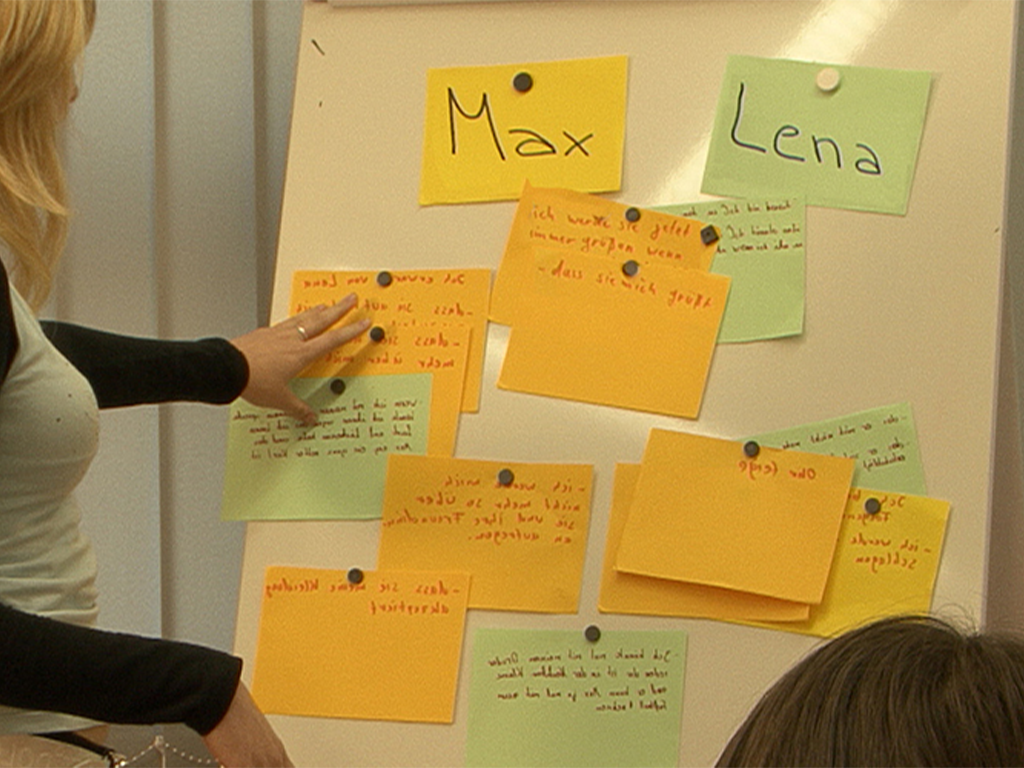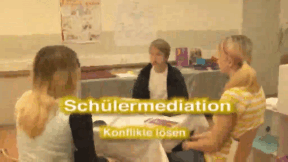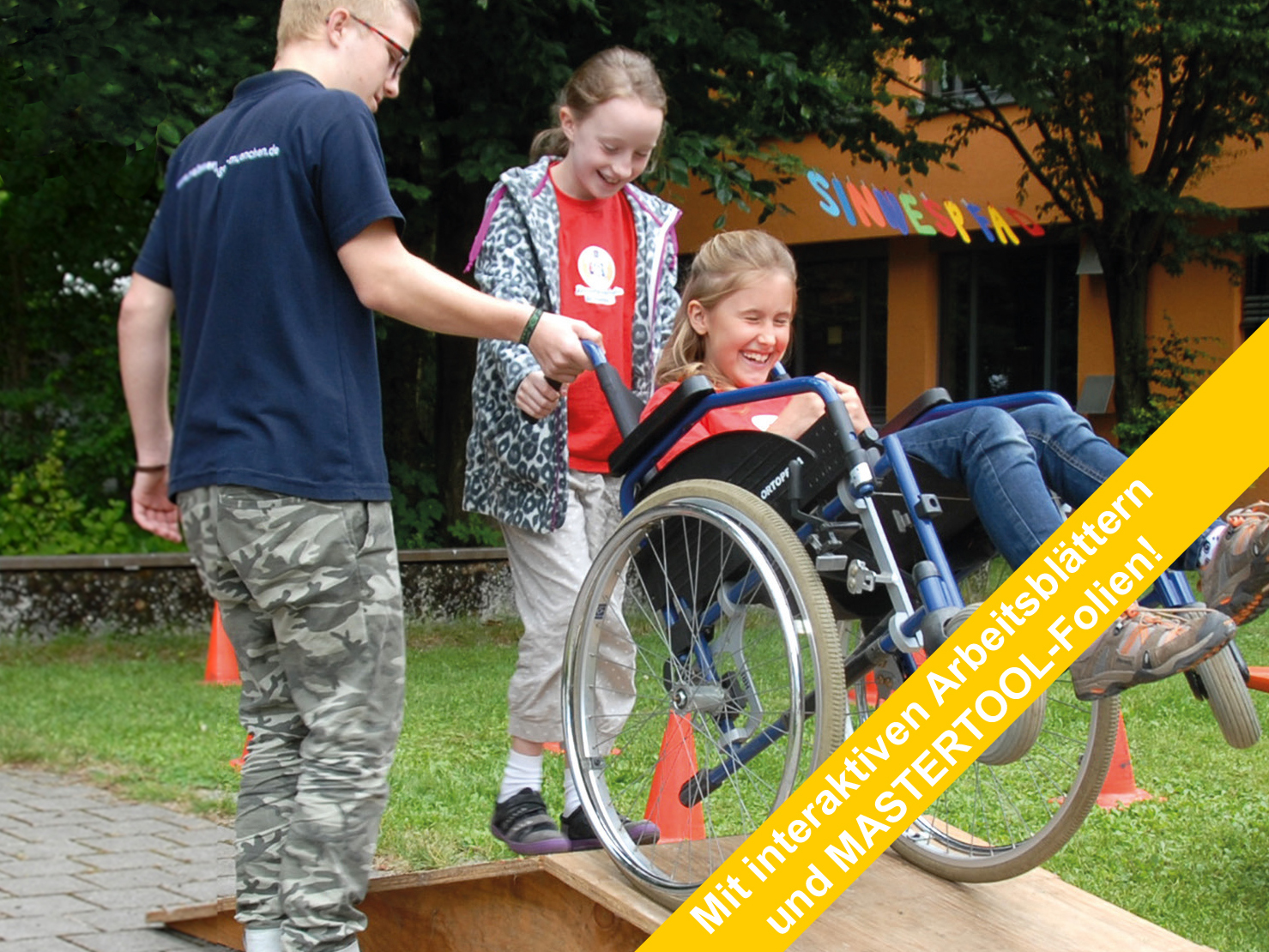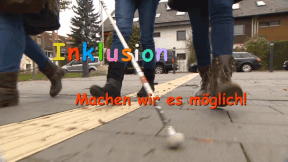 Gesellschaft
Gesellschaft
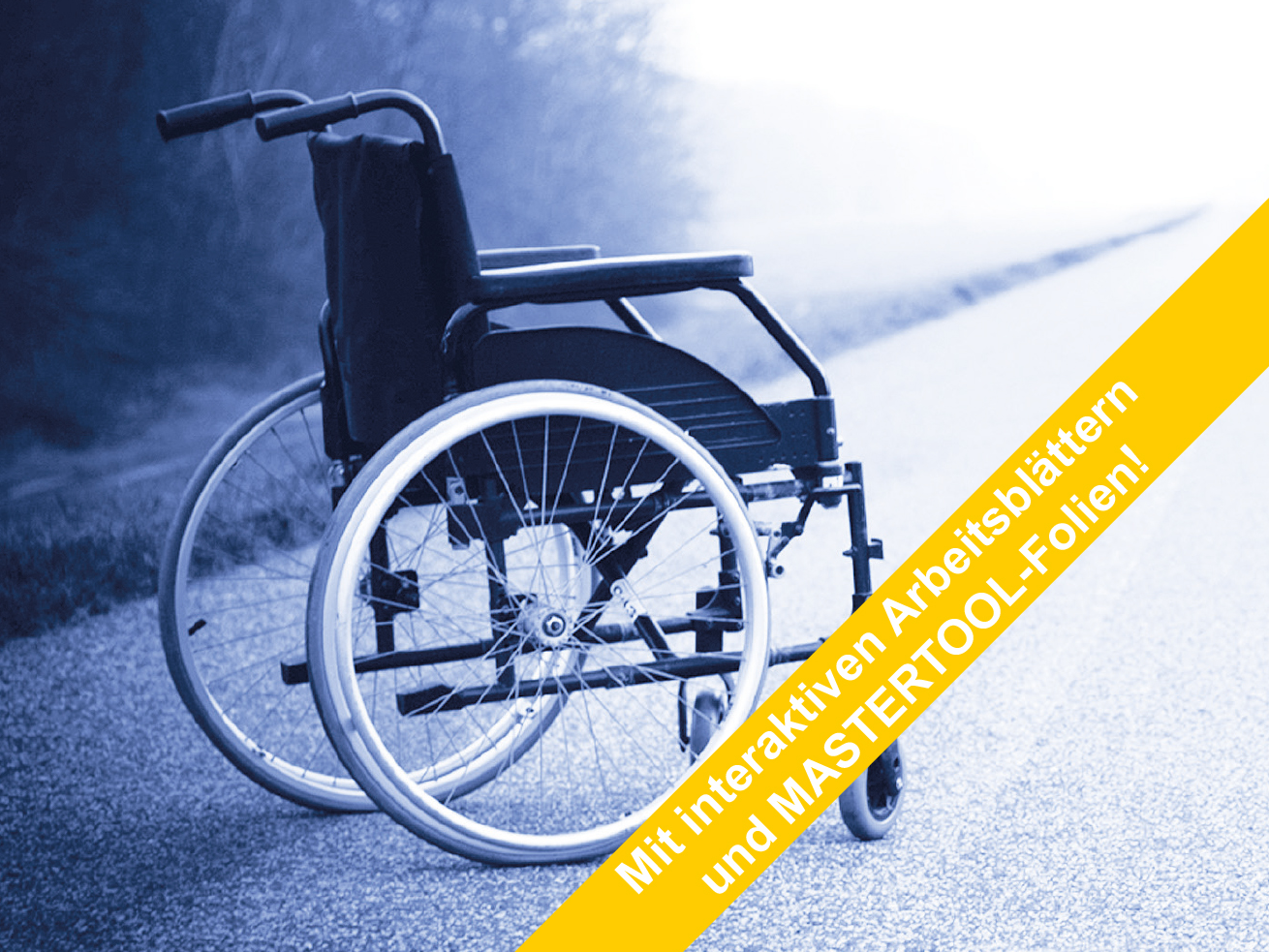

4673640 / 5562330
Leben im Rollstuhl
Alltag mit Gehbehinderung
Für fünf Tage schlüpft der Journalist und Schauspieler Jenke von Wilmsdorff in die Rolle eines Rollstuhlfahrers. Von dem Experiment erhofft er sich, ein besseres Verständnis zu entwickeln für den Alltag und die Bedürfnisse gehbehinderter Menschen. In dieser für ihn neuen Situation erkennt er relativ früh die eigene Hilfsbedürftigkeit – und das trotz des scheinbar allgegenwärtigen Themas „Barrierefreiheit“. Anhand von Alltagssituationen wird dem Zuschauer vor Augen geführt, wie weit unsere Gesellschaft auch heute noch in vielen Fällen von diesem Ziel entfernt ist. Außerdem stellt uns der Film Menschen wie Carolin Fischer oder Theo Garthe vor, die ihr Leben im Rollstuhl aktiv gestalten und ihre eigene Definition des Begriffs „Behinderung“ haben. Jonas wiederum ist ein Sonderfall – er leidet unter der seltenen neurologischen Störung BIID. Davon Betroffene haben das unbeherrschbare Gefühl, dass ein Teil ihres Körpers – meist eine Gliedmaße – nicht zu ihnen gehört. Gemeinsam mit dem umfangreichen Unterrichtsmaterial (klassische und interaktive Arbeitsblätter, Testaufgaben, Lehrtexte etc.) ist der Film sehr gut für den Einsatz im Unterricht geeignet.
Trailer abspielen
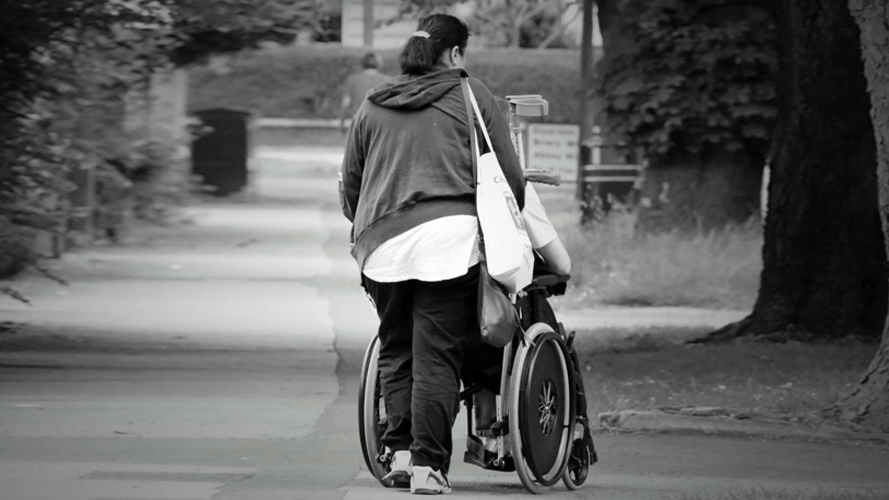
Lehrplanzentral und an den Bildungsstandards orientiert
Passend dazu
Peer Mediation
Lena and Max attend the 7th form. Max is new in class. During a break, Max notices that Lena and her friend are laughing at him again. Max loses his temper! He slaps Lena in the face. That hurts and Lena runs back into the classroom with a red cheek. The growing conflict between the two has escalated. Just like Lena and Max, every day pupils all over Germany have rows with each other. At the Heinrich Hertz Gymnasium in Thuringia, pupils have been trained as mediators for years. At set hours, they are in a room made available by the school specifically for mediation purposes. The film describes the growing conflict between Max and Lena and shows a mediation using their example. In doing so, the terms “conflict” and “peer mediation” are explained in a non-technical way. The aims of peer mediation and its progress in five steps as well as the mediators’ tasks are illustrated. The art of asking questions and “mirroring”, which the mediators must know, is described and explained. Together with the comprehensive accompanying material, the DVD is a suitable medium to introduce peer mediation at your school, too.
Inclusion
Madita is eleven and blind. She does not want to go to a special school but to a regular grammar school. She says she feels "normal" there. Jonathan is eight and has a walking disability. He likes going to the school where he lives. Here, his best friend sits next to him. Max Dimpflmeier, a teacher who is severely deaf, explains that school life is not easy. Quote Max Dimpflmeier: "You don't want to attract attention, you want to avoid saying that it is necessary for you that 70 people adjust to your situation." People on their way to inclusion.




